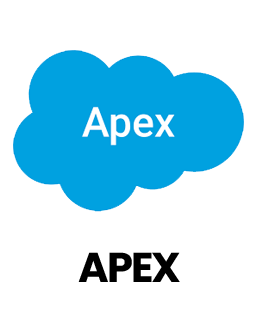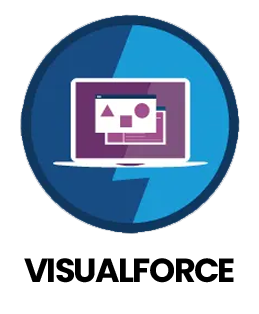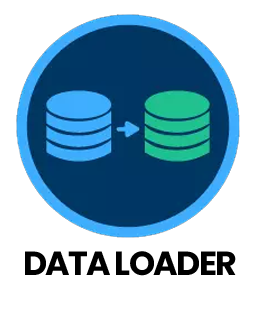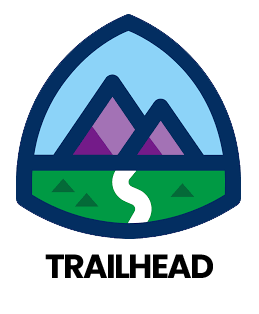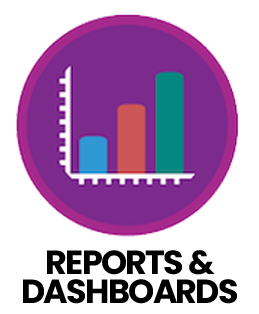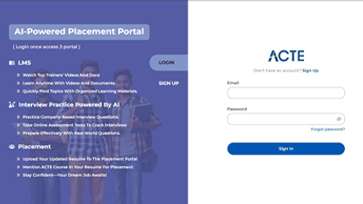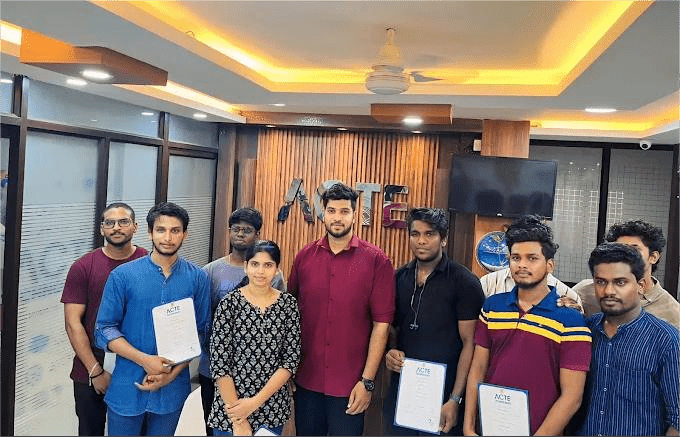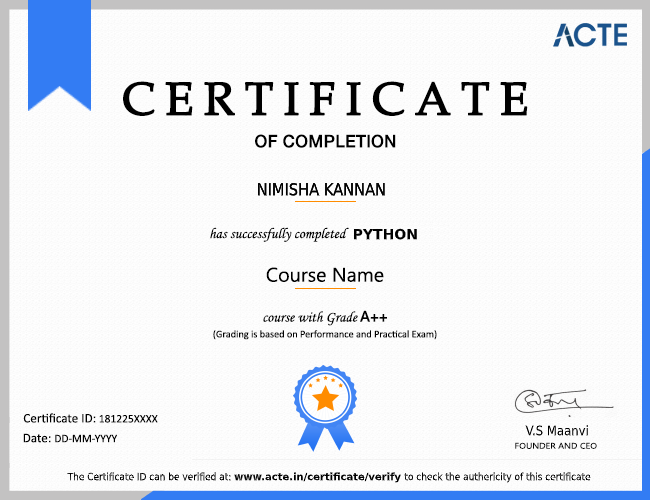1. How do Admin and Developer roles differ in Salesforce?
Ans:
Admins manage users, permissions, workflows and reports without coding. Developers write code using Apex, Lightning and Visualforce to build custom applications. Admins focus on system configuration and usability, while Developers handle coding and advanced customization.
2. What is the importance of gathering Salesforce requirements?
Ans:
Gathering requirements through workshops, interviews and process analysis ensures Salesforce meets business goals. It reduces unnecessary customization, improves adoption and helps deliver a system that fits organizational workflows.
3. What best practices should be followed when implementing Salesforce?
Ans:
Keep data clean, use Flow Builder or Process Builder over coding, apply consistent naming standards, design scalable reports and test changes in a sandbox. These steps make the system reliable and easier to maintain.
4. Which tools are essential for Salesforce projects?
Ans:
Lightning App Builder, Flow Builder, Apex, Visualforce, Reports & Dashboards, Data Loader and Salesforce CLI with VS Code are key tools for admins and developers. They help with automation, customization, analytics and deployment.
5. How does Salesforce ensure data protection?
Ans:
Salesforce uses profiles, roles, permission sets, sharing rules and field-level security to protect data. It ensures only authorized users can access information, maintains compliance and prevents data breaches.
6. What are Salesforce Objects and how are they used?
Ans:
Objects store business data like Leads, Opportunities and Accounts. Standard Objects handle common data, Custom Objects are for specific needs. They include fields and relationships and are used in workflows, reports and dashboards to organize information.
7. Can you explain the Salesforce project lifecycle?
Ans:
A project begins with requirement gathering, followed by design, configuration, development, automation and testing in a sandbox. After successful testing, it is deployed to production, users are trained and ongoing support is provided.
8. How is stakeholder feedback managed in Salesforce projects?
Ans:
Feedback is documented, prioritized and clarified with stakeholders. Changes are implemented based on feasibility and business impact. Involving stakeholders during testing ensures the system meets expectations.
9. What are standard best practices in Salesforce?
Ans:
Use declarative tools first, avoid hardcoding, maintain naming consistency, clean and validate data regularly and audit security and user permissions. This ensures a reliable, maintainable and scalable system.
10. How can Salesforce professionals keep up with updates?
Ans:
Professionals can follow release notes, complete Trailhead courses, attend webinars and Dreamforce, participate in community forums and explore AppExchange solutions. Staying updated ensures skills remain relevant and solutions effective.


